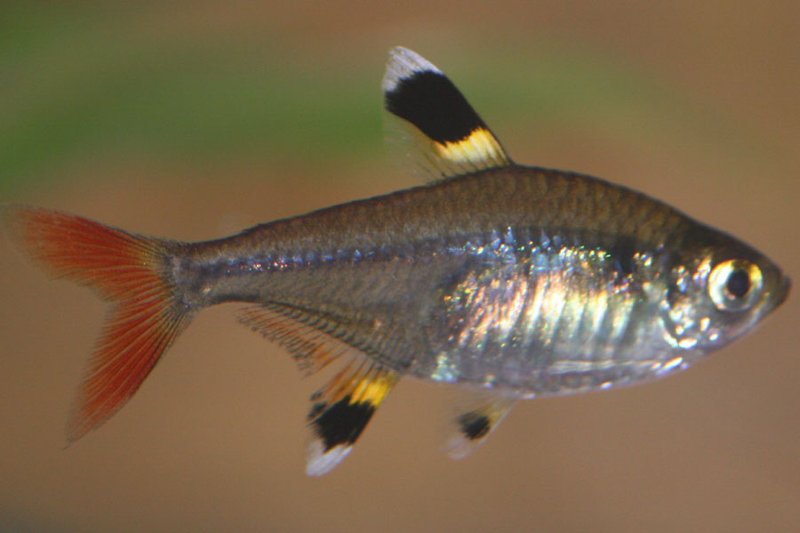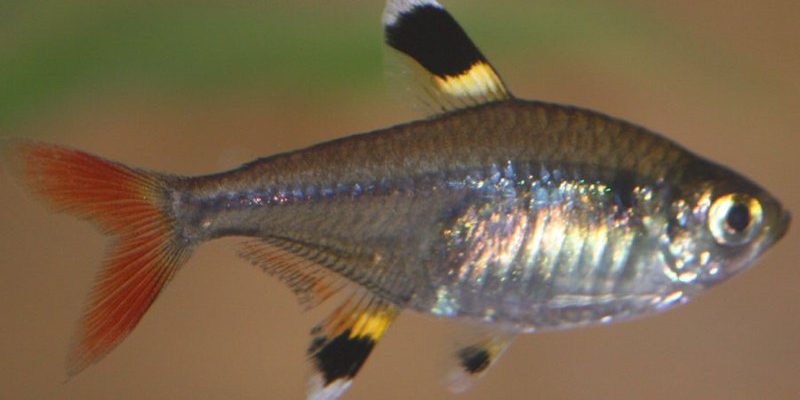
Understanding the threats to the X-ray tetra is crucial for maintaining both their populations and the health of the ecosystems they inhabit. In this article, we’ll dive deep into the various dangers that lurk in the water and on land, impacting these beautiful fish. From habitat destruction to pollution, let’s explore the challenges X-ray tetras face and what we can do to help.
Habitat Destruction
One of the most pressing issues for X-ray tetras is habitat destruction. These fish call the slow-moving rivers and streams of South America home, particularly in regions like the Amazon Basin. When we think about habitat destruction, we often picture bulldozers and deforestation. But it’s more nuanced than that. Here’s the thing: as urban areas expand and agriculture takes over, the delicate balance of these freshwater habitats starts to crumble.
The banks of rivers and streams are often cleared for farming or development, leading to soil erosion and increased sedimentation in the water. This sediment can cloud the water, making it tricky for X-ray tetras to find food. They rely on clear water to spot tiny organisms that float by. Without their food source, these tetras struggle. It’s kind of like trying to enjoy a meal in a dimly lit room—everything becomes a blur.
Moreover, the alteration of water flow from damming rivers further disrupts their breeding and feeding grounds. Fish like the X-ray tetra can only thrive in specific environments. When we change those environments, we risk losing these beautiful fish altogether.
Pollution
Pollution is another major threat that jeopardizes the survival of X-ray tetras in the wild. Imagine swimming in a pool that’s filled with toxins. Not pleasant, right? Freshwater systems are often contaminated by industrial runoff, agricultural chemicals, and plastic waste. All these pollutants seep into the water, creating a toxic soup that can harm fish populations.
Heavy metals from mining and other industrial processes can accumulate in fish bodies. This bioaccumulation not only threatens the tetras themselves but can also affect the larger food web. Basically, when predators eat the contaminated fish, the toxins move up the food chain. It’s a cascading effect that nobody wants to be part of.
Pollution doesn’t just harm the fish at a biological level; it also affects their behavior. X-ray tetras are social animals that rely on clear water to communicate with each other. When their environment is polluted, their social structures can break down, leading to stress and abnormal behaviors.
Overfishing
While X-ray tetras are popular in the aquarium trade, overfishing is a growing concern that threatens their populations in the wild. Imagine people coming into your home, taking your friends away, and leaving you all alone in a dwindling space—you’d be worried, right? That’s the reality for many fish, including the X-ray tetra.
Though they are not as heavily fished as some other species, the demand for these little beauties in home aquariums can lead to unsustainable fishing practices. When caught in large numbers, it’s not just the individual fish that suffer; entire populations can get wiped out if breeding isn’t managed properly.
Additionally, many fish collectors do not follow regulations that protect these species or their habitats. This further exacerbates the problem. It’s essential for both aquarists and collectors to be mindful of where they source their fish and to promote sustainable practices.
Climate Change
You might be wondering how climate change fits into the picture when it comes to X-ray tetras. Well, climate change affects water temperatures, rainfall patterns, and even the acidity of water bodies. For X-ray tetras, which thrive in warm, stable environments, these changes can be detrimental.
Rising temperatures can lead to lower oxygen levels in the water, making it harder for fish to survive. Additionally, altered rainfall patterns can lead to fluctuating water levels. When rivers dry up or flood unpredictably, it disrupts breeding grounds and food sources. It’s a bit like trying to find shelter during a storm—your usual refuge might suddenly be gone.
Shifts in climate also open the door for invasive species, which can outcompete native fish for resources. This can further complicate survival for the X-ray tetra, as they struggle against both environmental changes and competition.
Invasive Species
Speaking of invasive species, these are another significant threat to X-ray tetras. They’re like unwanted guests at a party—taking up space, making it difficult for others to enjoy themselves. In many freshwater ecosystems, invasive fish species have been introduced, either accidentally or intentionally.
These newcomers often have competitive advantages over native fish, like faster growth rates or higher reproductive capabilities. As they spread, they can consume food resources that X-ray tetras rely on, further straining their populations. For example, if an invasive species can eat the same tiny organisms that tetras do, the tetras have a harder time finding enough to eat.
Moreover, invasive fish can introduce diseases and parasites that native fish are not equipped to handle. This can lead to significant declines in the native populations, including the X-ray tetra.
Conservation Efforts
So, what can we do to protect these delightful fish? Conservation efforts are crucial for the future of X-ray tetras. Organizations dedicated to preserving freshwater ecosystems are working on various fronts to mitigate these threats. Think of them as the guardians of the underwater world, making sure the fish have safe homes to live in.
One significant approach is habitat restoration. This includes replanting native vegetation along riverbanks to stabilize the soil and prevent erosion. Educating local communities about sustainable fishing practices is also essential. The more people know about the impacts of overfishing, the better decisions they can make for both their livelihoods and the fish populations.
Pollution control is another key area. Initiatives to reduce industrial discharge into rivers, along with community clean-up programs, can make a substantial difference. Each small action adds up, helping to create a healthier environment for X-ray tetras and other aquatic life.
Supporting Sustainable Practices
You might be thinking, “How can I help?” Well, supporting sustainable aquaculture and responsible pet ownership is a great start. If you’re in the aquarium hobby, choose to source your fish from reputable breeders who prioritize ethical practices.
Educate yourself about the species you’re keeping and their wild habitats. Sharing this knowledge with friends can also help raise awareness. By championing sustainable practices, we contribute to the conservation of X-ray tetras and their habitats.
Additionally, consider supporting organizations focused on freshwater conservation. Many of these groups tirelessly work to protect aquatic ecosystems and the species that depend on them. Your contribution, no matter how small, can make a difference.
In conclusion, the challenges facing X-ray tetras might seem daunting, but awareness and action can pave the way for a brighter future. By understanding their threats, from habitat destruction to invasive species, we’re better equipped to make choices that benefit these vibrant fish. Together, we can ensure that X-ray tetras continue to sparkle in our aquariums and thrive in their wild homes.

